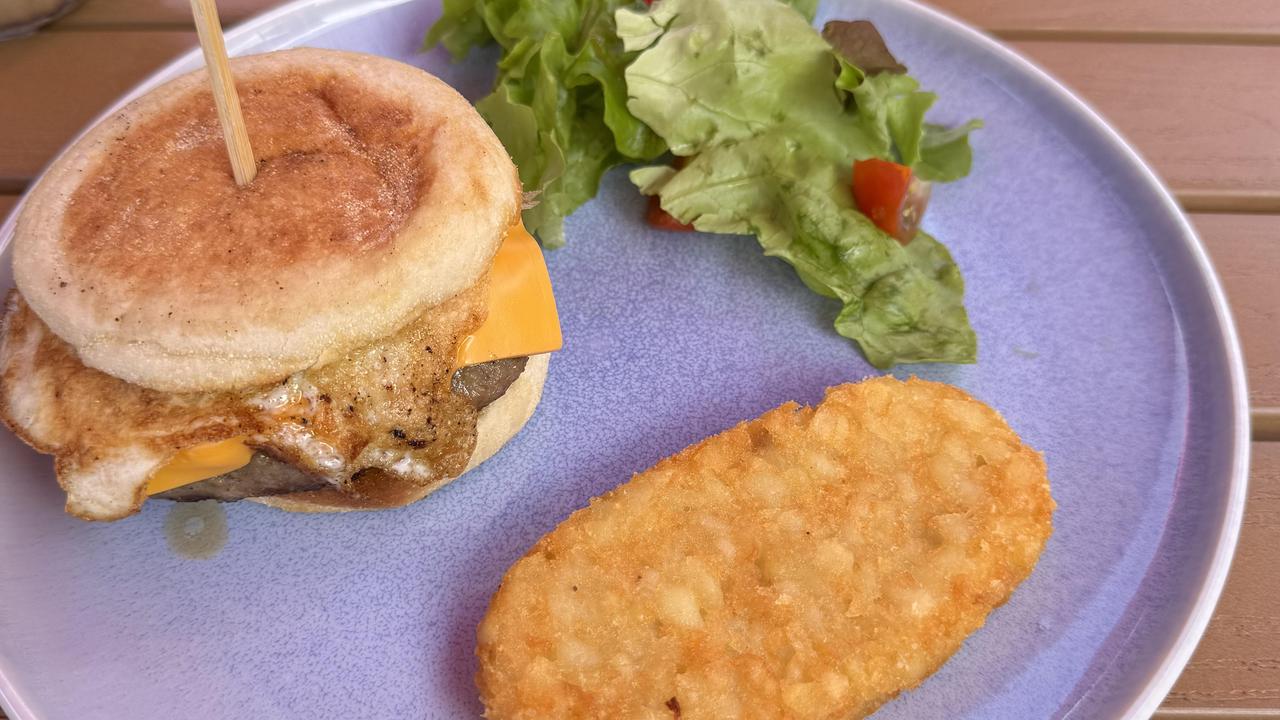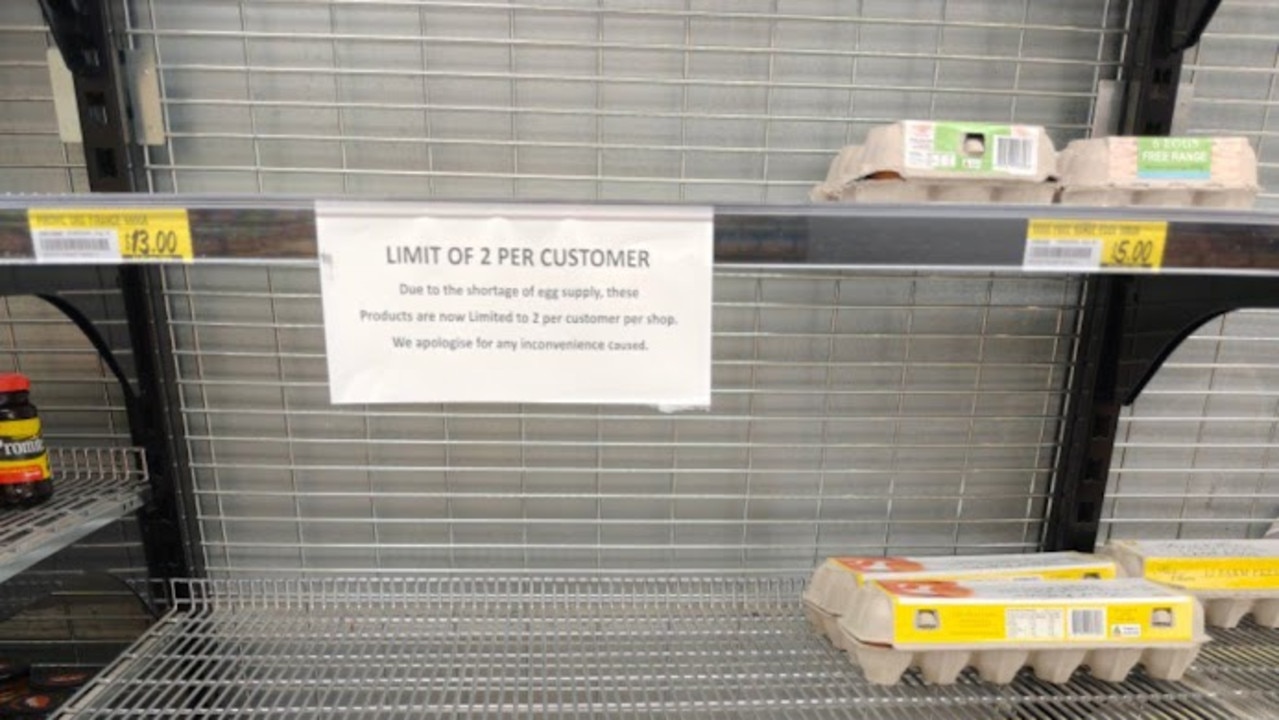Cadbury reveals exact time of day Australians give in to temptation to snack
When it comes to the unshakeable craving for a chocolate bar, Cadbury says we last longer during the day than Indians, but Brits resist the urge for longer.
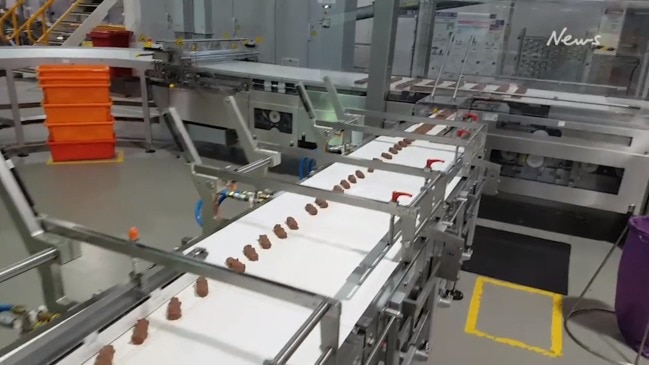
It’s important number crunching but some one has to do it, so step forward Cadbury.
The chocolate firm has worked out exactly when Australians succumb to their afternoon snack craving. And it appears we may have more snacking staying power than Indians and Canadians, but far less than the Brits.
And while Baby Boomers search for snacks that are increasingly lower in sugar, Millennials have much fuzzier aims for their midafternoon treat. They want it to be “mood-enhancing” and “brain boosting”.
However, what we think are cravings due to hunger are often psychologically something very different.
The results are contained in the 2018 global state of snacking report produced by Mondelez International, the parent company of Cadbury that also owns Oreo biscuits and Natural Confectionary Company lollies.
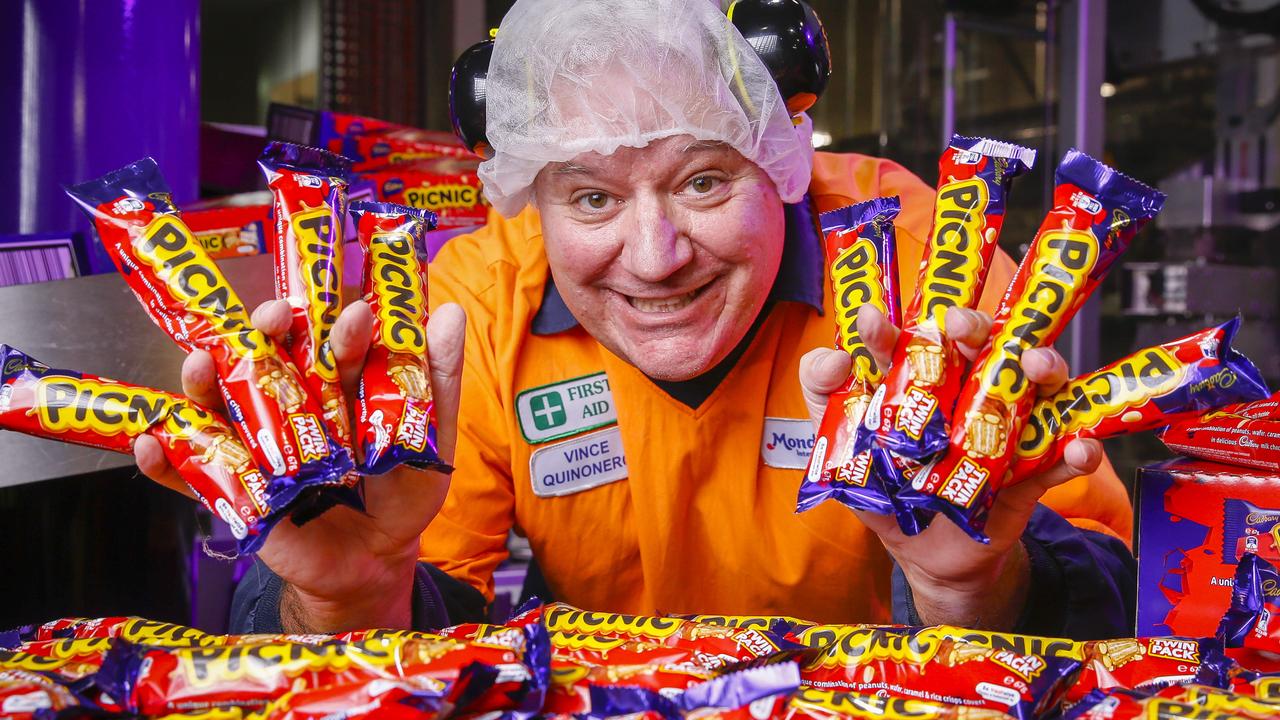
Researchers surveyed more the 6000 adults in 12 countries.
It found Australians had almost as many snack breaks as meals. When we do snack, we wolf it down, with the average Aussie snack break lasting four minutes shorter than for people in other countries.
Australians go for sweet treats over savoury. On the world chocolate consumption league table, Australia is in 16th position guzzling 4.9kg each annually. That’s almost half as much as the Swiss, Germans and Austrians that can’t get enough of the stuff.
WHEN WE SNACK
In terms of when our favourite time to indulge is, it seems the 3pm snack break is too late for us. The average time Australians give in to the need to feed is 2.31pm.
Not 2.30pm, not 2.32pm. We may snack throughout the day, but 2.31pm is peak treat time.
Indonesians are the least able to resist a snack with most giving in to their cravings at 11.28pm. Canadian, Indian and Chinese consumers also can’t hold out as long as Australians.
But Americans, Brazilians Russians, the French and Germans have more staying power. The Brits are the best at holding out, only melting into a chocolate nirvana at 3.41pm.
RELATED: Common food cravings decoded
RELATED: Cadbury’s stark warning: Radical action needed to keep the chocolate flowing
RELATED: Man burns ‘$16,000’ worth of Cadbury Caramilk and people are furious
Mondelez Australia and New Zealand head Nigel Parsons said increased snacking was a reflection of our busy lives.
“What the research shows is that midafternoon is the peak time for Aussies to enjoy a snack, which suggests we’re looking for that pick-me-up to get us through the day,” he said.
“I think we all get to that point where we’re into the home stretch of the working day, but we know our work doesn’t stop at 5pm.
“We’re working longer hours, the trip home is likely to include a longer commute, as well as a stop at the supermarket and potentially collecting kids or taking them to after-school activities.”
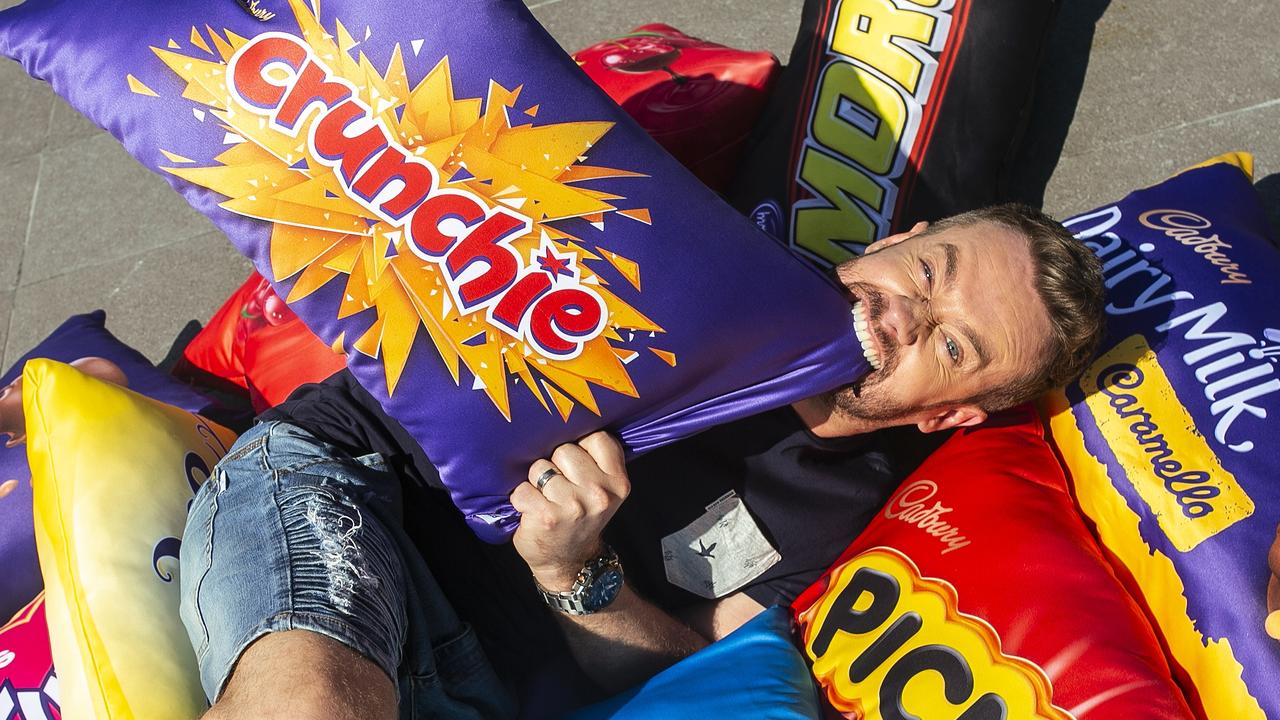
Almost half of boomers search out a low-sugar snack with more than a third trying to cut out the fat too.
Millennials and centennials are less cohesive in what snacks they are looking for. But around a quarter want a treat that is “mood enhancing” and 16 per cent prefer “brain boosting” snacks. All hard qualities to prove. Around 15 per cent of the age group demand said snack is gluten free.
“This potentially reflects dieting trends. In the past, the focus has very much been on counting calories and lite options, while younger consumers are seeking snacks that meet a functional need, which includes shaping their mood and general wellbeing,” Mr Parsons said.
“Snacks are an increasingly important part our daily diets, and the research shows that we want options that are good for us and meet our nutrition and wellbeing needs.”
IS YOUR CRAVING EVEN REAL?
Often when you find yourself craving salty foods, it doesn’t have anything to do with food. Salt cravings are usually linked to factors like boredom or stress, which is when people desire their favourite foods for comfort.
Those who don’t get enough sleep can often find themselves craving snacks with a high “satisfaction” factor. Cravings that hit when you’re tired are also harder to resist, which can kickstart an eating habit that is anything but healthy.
Indeed, the Mondelez report said three quarters of us snack to pamper ourselves, a perceived reward for a job well done. The “comfort” of snacks is also high for most people. Less than two thirds of the time, a treat is actually needed for hunger.
If you’re craving sugary foods it probably means you haven’t eaten enough. When you’re low on carbs, you’re low on energy, which makes your body crave a quick hit, for example, sugar.
Some experts also expect sugar cravings to be mediated in the same part of the brain that is triggered by other addictive substances. Sugar releases dopamine, a neurotransmitter that produces a sense of pleasure our brain craves.
The way to resist these urges, should they be unwanted, is to consume calories from wholefoods that are less likely to see you crash.
But grains are only so much fun.
– with Imogen Reid



